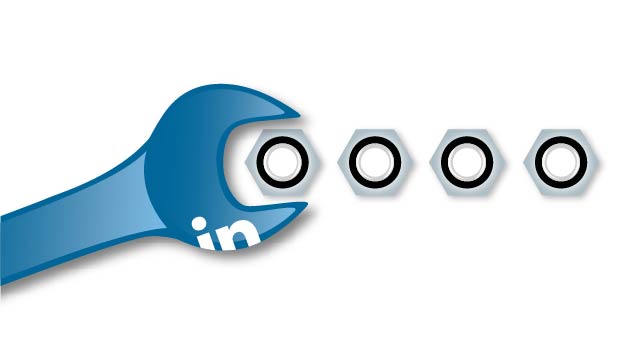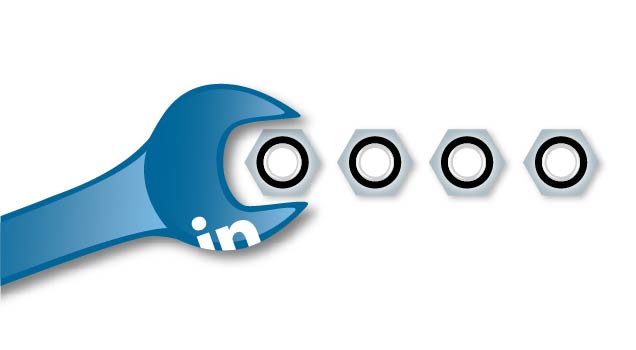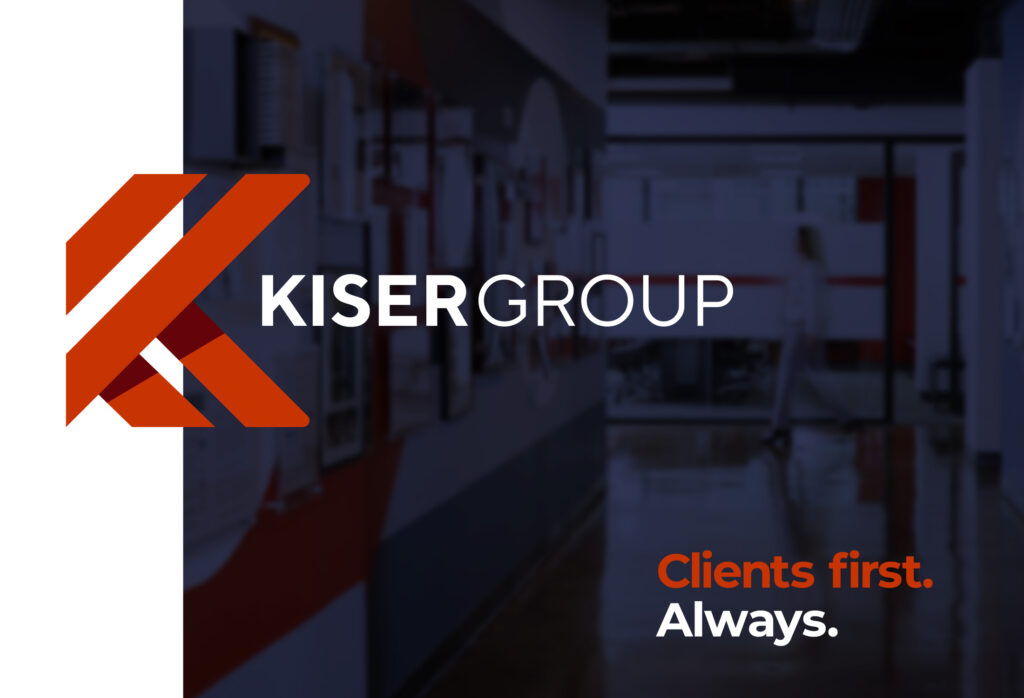LinkedIn Best Practices for Businesses and Brands

When brands or businesses think about social media, they think of the usual platforms – Facebook, Twitter, Pinterest and Instagram. . . overlooking the industry staple, LinkedIn, which is a powerful social-professional networking tool . As a business or a brand, you can use LinkedIn to create and expand your network, receive and give advice and establish yourselves as thought leaders in your industry.
See our tips on how to leverage LinkedIn for your business or your brand.
Company Page
The LinkedIn Company page is the only section of LinkedIn where you can speak with the voice of the brand or business. Functioning much like the Facebook brand page, the LinkedIn Company page allows you to post a host of content including status updates and links, profile of your company or brand, a header photo, as well as products and services and job openings. At the same time, you can treat this page as the centralized hub for pushing out content relevant to your industry, including posts from your blog and news articles. Posting quality content gives authority to your company or brand while establishing you as a thought leader, expert and resource for your target audience.
Individual Profile
Unlike Facebook, where you can engage using the Facebook brand page, most of the LinkedIn activities (Question & Answer forums, groups) require you to engage using your personal LinkedIn profile rather than using a LinkedIn company page. So it’s important to build a robust LinkedIn profile with a clear professional headline. Your headline should contain your current position and your company/brand (for example: “Content Strategist at Otherwise Incorporated”), as this headline will be visible with your name when you participate on LinkedIn groups and Question & Answer forums.
Whenever you engage on groups and forums, you are essentially serving as an advocate or thought leader for your brand or business. To ensure a rich LinkedIn profile, be sure to display specific expertise, experience and recommendations from peers and colleagues, as well as links to your brand or company’s website and blog. A content-rich (but not too content-dense) profile will also boost search engine optimization, increasing the chances that your profile will rank well in search results, and in turn, boost visibility.
Similar to Facebook and Twitter, you can push status updates and links on your LinkedIn profile, which go out to all of your LinkedIn connections. By sharing relevant, quality content, you are demonstrating your expertise as well as your dedication to staying current with the latest issues or news that are pertinent to your field and colleagues.
Question & Answer Forums
LinkedIn’s Question & Answer forum is a place for LinkedIn users to ask and answer questions. The forum is categorized by industry for easy navigation when searching for questions to ask or answer. Answering questions is a great way to build your reputation and show your knowledge, as you directly communicate with users who are looking for guidance on a specific topic in which you have expertise. And most likely, the users asking questions relevant to your expertise are part of your target audience and may be, in fact, potential clients.
When possible, supplement your answers with relevant links to your blog or website to further gain exposure and increase traffic. As you provide valuable answers, you will build recognition for your brand and business and ultimately help grow your network of LinkedIn connections. Users asking questions have the option of indicating a “Best Answer” among all the responses they receive, and LinkedIn features users as “experts” in each industry category based on the number of Best Answers a user gave.
Groups
LinkedIn groups allow you to start or engage in discussions relevant to your field. Unlike the Question & Answer forums, groups tend to be comprised mostly of like-minded individuals who are also in your industry, rather than potential clients. By sharing industry-relevant issues or the latest news and participating in discussions, you can share your thoughts while gaining insight and perspective from others in your field. Keep in mind, however, that groups serve as a channel to spark conversations, so be careful not to share self-promotional links or posts. Some groups have a separate section for promotional content, so be sure to check the group rules.
By using LinkedIn strategically, you can exert your industry knowledge and serve as a resource for others seeking advice, while increasing visibility. With quality content output and relevant expertise input, you will build a wider network for both yourself and your company or brand.
Ji-Sook Yim is a Content Strategist at Otherwise Incorporated.
Illustration Credit: Bora Kim, Graphic Design Intern at Otherwise Incorporated









